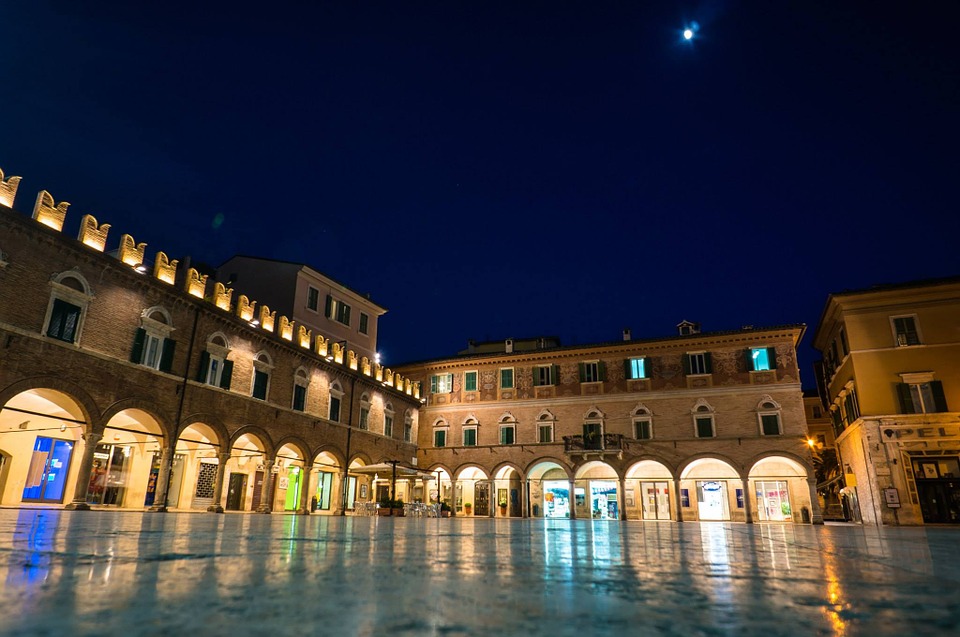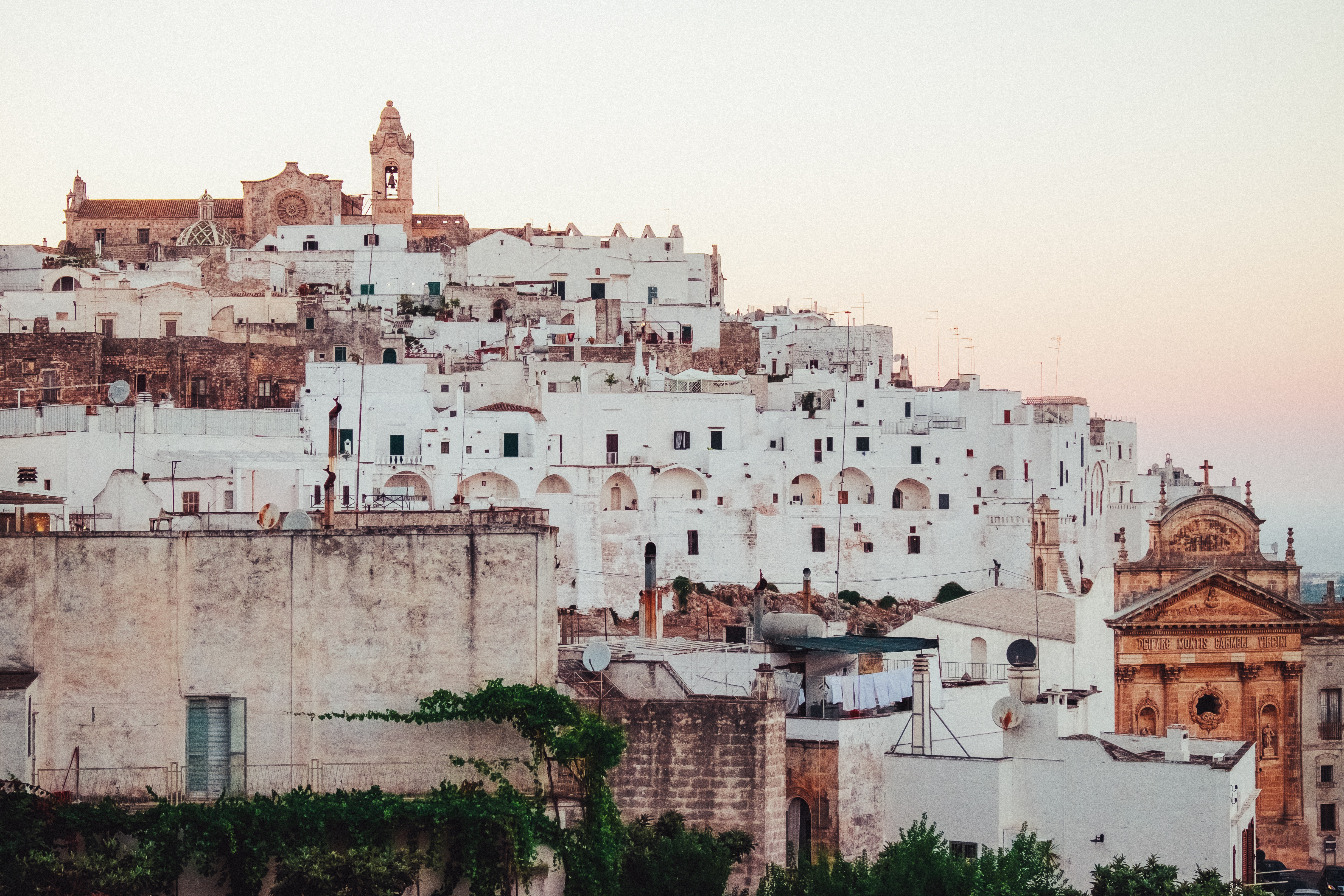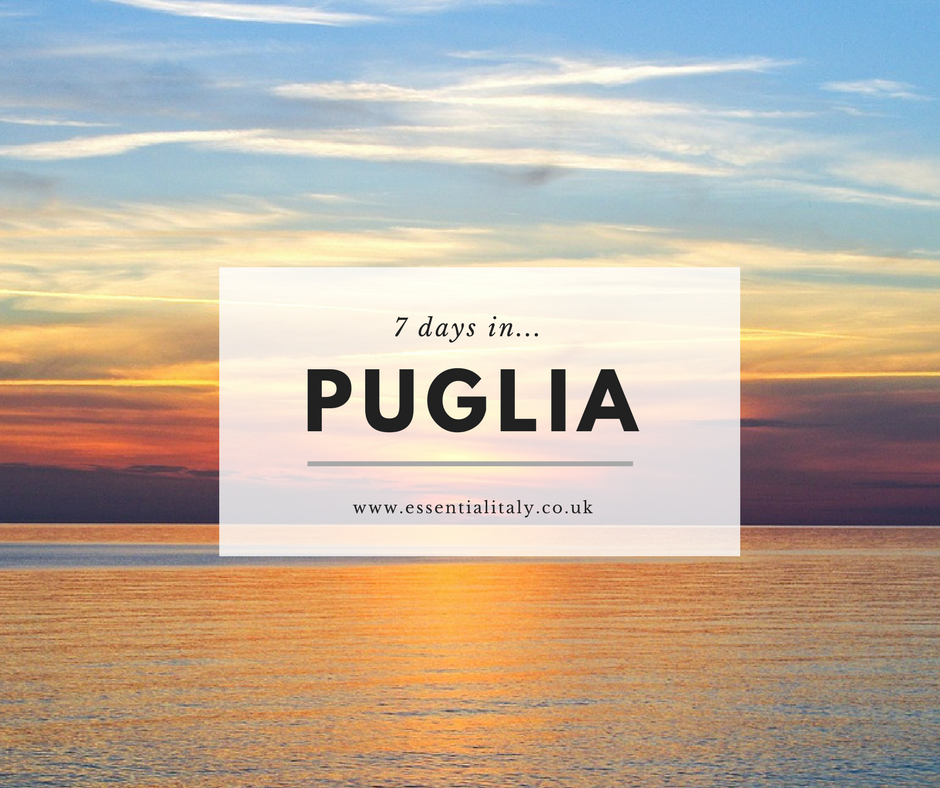7 Days in Umbria
Posted on
Nestled in the heart of Italy is the beautiful region of Umbria. The only land-locked area of the country, it is also one of the smaller regions. However, thanks to its luscious rolling hills and the untouched landscape, it can be the perfect place to explore on your next visit to the country.
If you’re looking to experience the best that rural Italy has to offer, then Umbria is the place to go – there really is no better place to immerse yourself in traditional Italian culture than amongst the intimate towns and villages set in the valleys. So, if you’re wondering what the best itinerary is for those hoping to spend a week exploring the countryside, here is our guide to seven days in Umbria…
Day One: Perugia

What better way to kickstart your week of Italian culture than by visiting the beautiful capital city of Perugia? Here, you can expect to explore a number of historical attractions, from the underground Pozzo Etrusco to the Cappella di San Severo, where you can see Renaissance artist Raphael and his teacher, Pietro Vannucci’s artwork.
Of course, a trip to Perugia wouldn’t be complete without visiting the Perugina chocolate factory. Established in 1922, the chocolatier has won over the hearts of Italian’s thanks to its dark bittersweet taste. A wander around around the chocolate factory dedicated to expressing feelings through “love notes” is the perfect way to spend an afternoon with a loved one, so buy a couple and share them with your nearest and dearest.
Day Two: Foligno
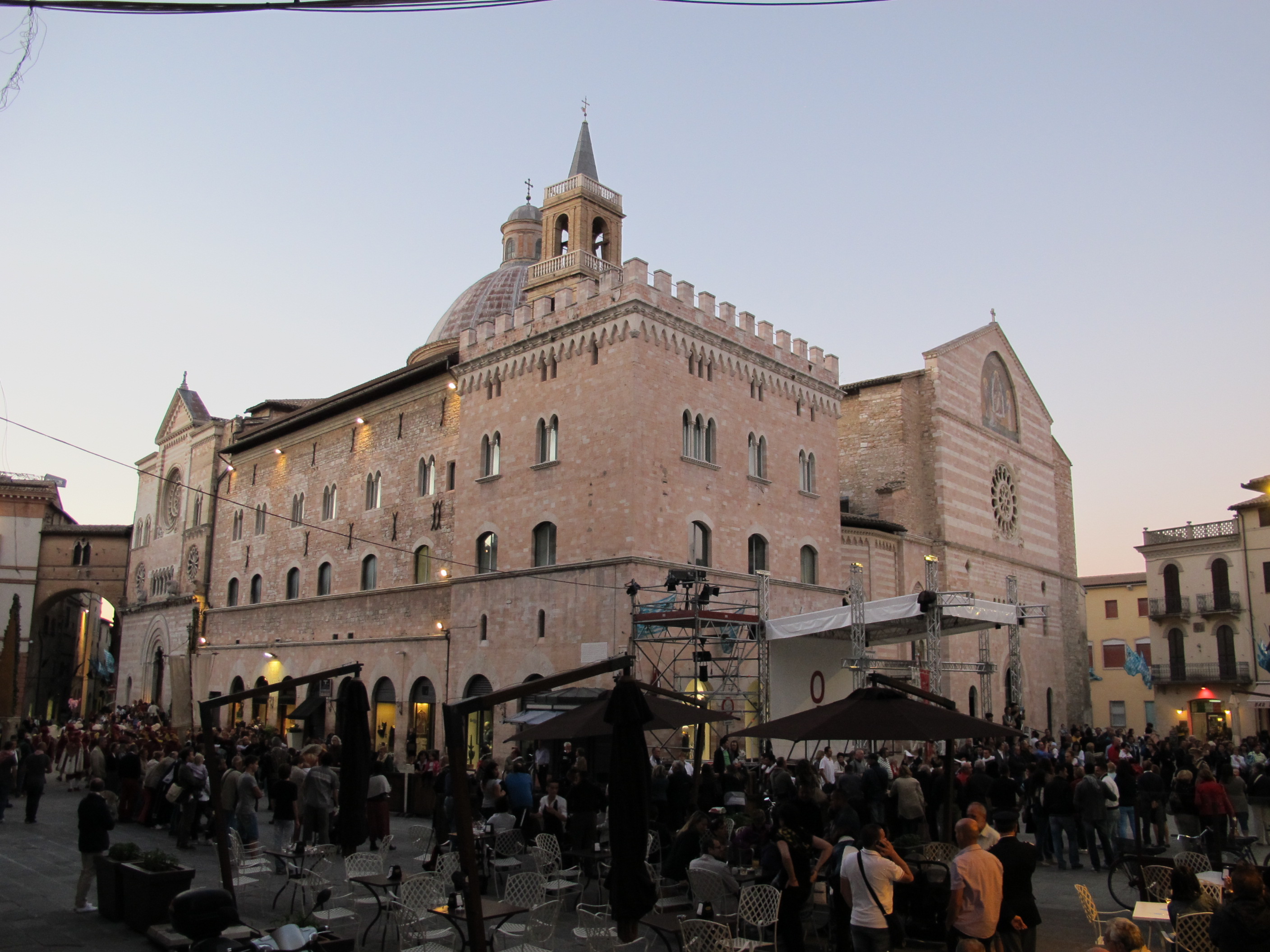
On day two, make the journey from Perugia over to the nearby city, Foligno. To get down into the heart of the city, follow the path of the Topino River, as Foligno is one of the only cities to be built on the plains. The cathedral dedicated to San Feliciano is a must-see piece of architecture on your walk around the city, as well as the Palazzo Trinci, which was the former residence of the Trinci family who ruled over the city form 1305 to 1439. Once you’re done taking in the sights, grab a bite to eat at Villa Roncalli, where the menu’s highlights include polenta and deep fried artichoke, and the service is unrivalled.
Day Three: Assisi
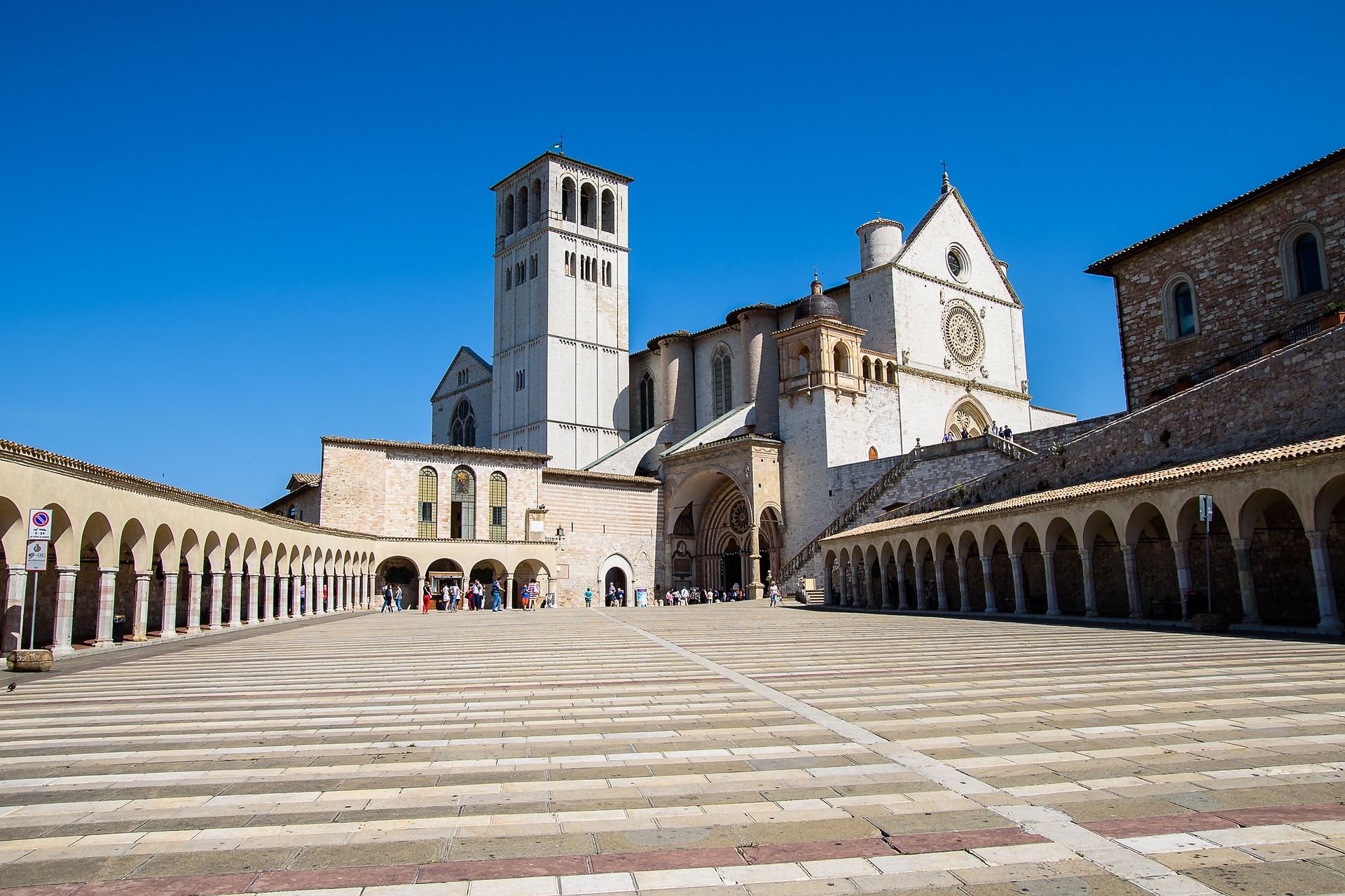
The charm of the town of Assisi will allow you to enjoy a change in atmosphere for the third day of your trip. The birthplace of Saint Francis and the Order of Franciscan Monks that was established in 1208, Assisi also had links to several other religious orders until as recent as the 19th century.
Take a stroll around the Piazza del Comune before grabbing a cup of coffee at one of the many open-air restaurants. The importance of coffee in Italian culture is undoubtedly massive, so if you feel daunted by the prospect of ordering a cup on your trip, read our helpful guide here for more information. The pedestrian-only area is one of the best preserved medieval squares in Italy, and its relaxing nature is what makes the locals return to socialise with friends regularly.
After an enjoyable morning at the Piazza, take a trip to the Basilica di San Francesco. Arguably one of the most exquisite pieces of architecture in the town, the Basilica towers over the rest of the landscape, as one of the focal points of Assisi. Built in honour of St. Francis, people flock to the church due to its intense spiritual connection, as well as to marvel at the extraordinary artistic ability that it took to create the landmark.
Day Four: Spoleto
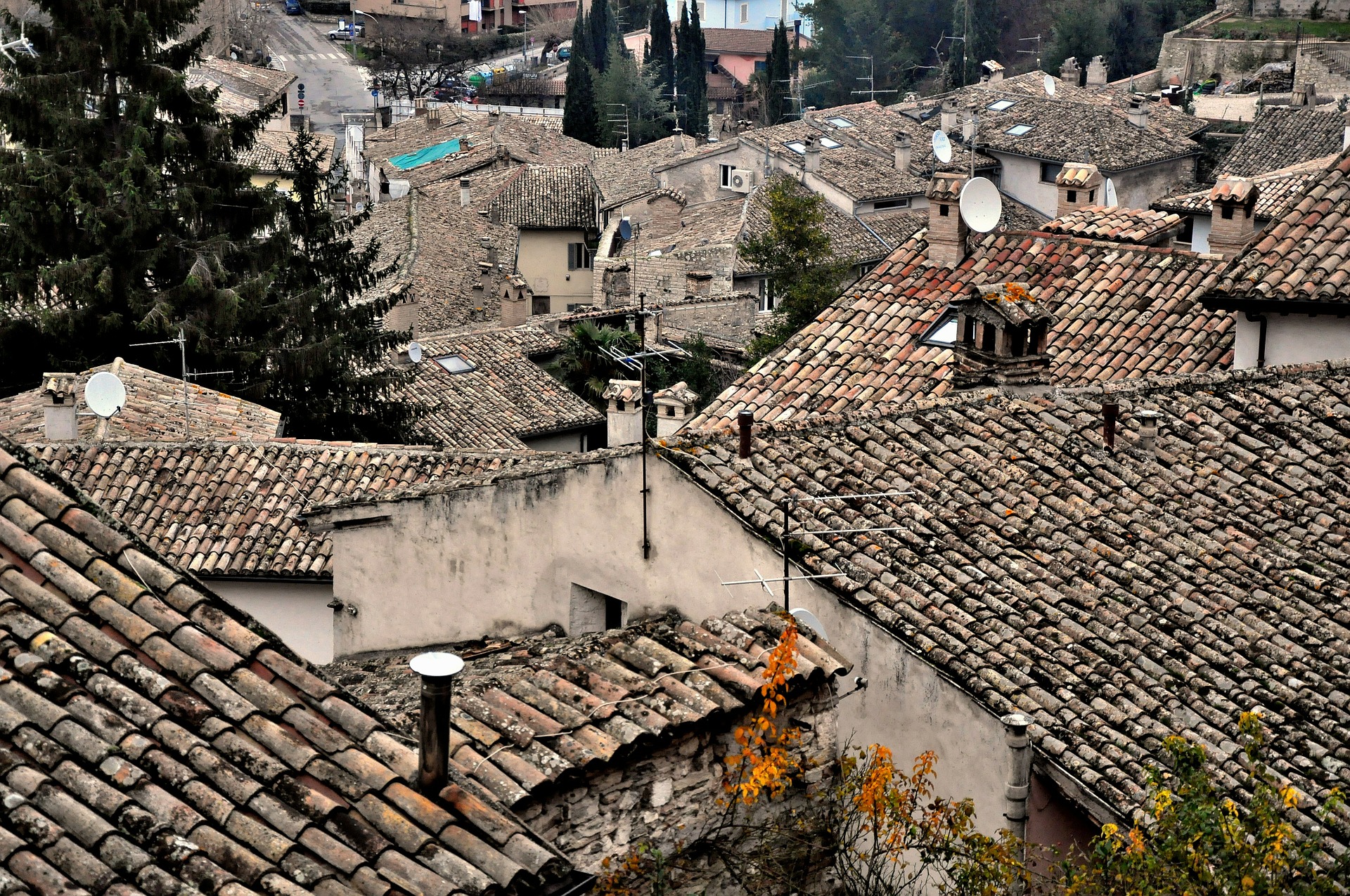
The towering fortress of Spoleto Cathedral positioned at the foothill of the Apennines welcomes you into day four of your holiday. Surrounded by olive groves and winding hills, the special city also hots a famous summer arts festival each year, although it is the perfect destination to visit year-round.
Although you can explore inside the city walls, experiencing the neighbouring area by foot can provide you with some breathtaking sights. With a multitude of different walks and hikes available for you to pick and choose from online, admire the marvellous valley of Spoleto and the colourful expanse of land. If you’re after a shorter walk, however, meander through the woods at Monteluco via the Ponte delle Torri, a 236m long and 90m high walkway.
Day Five: Terni
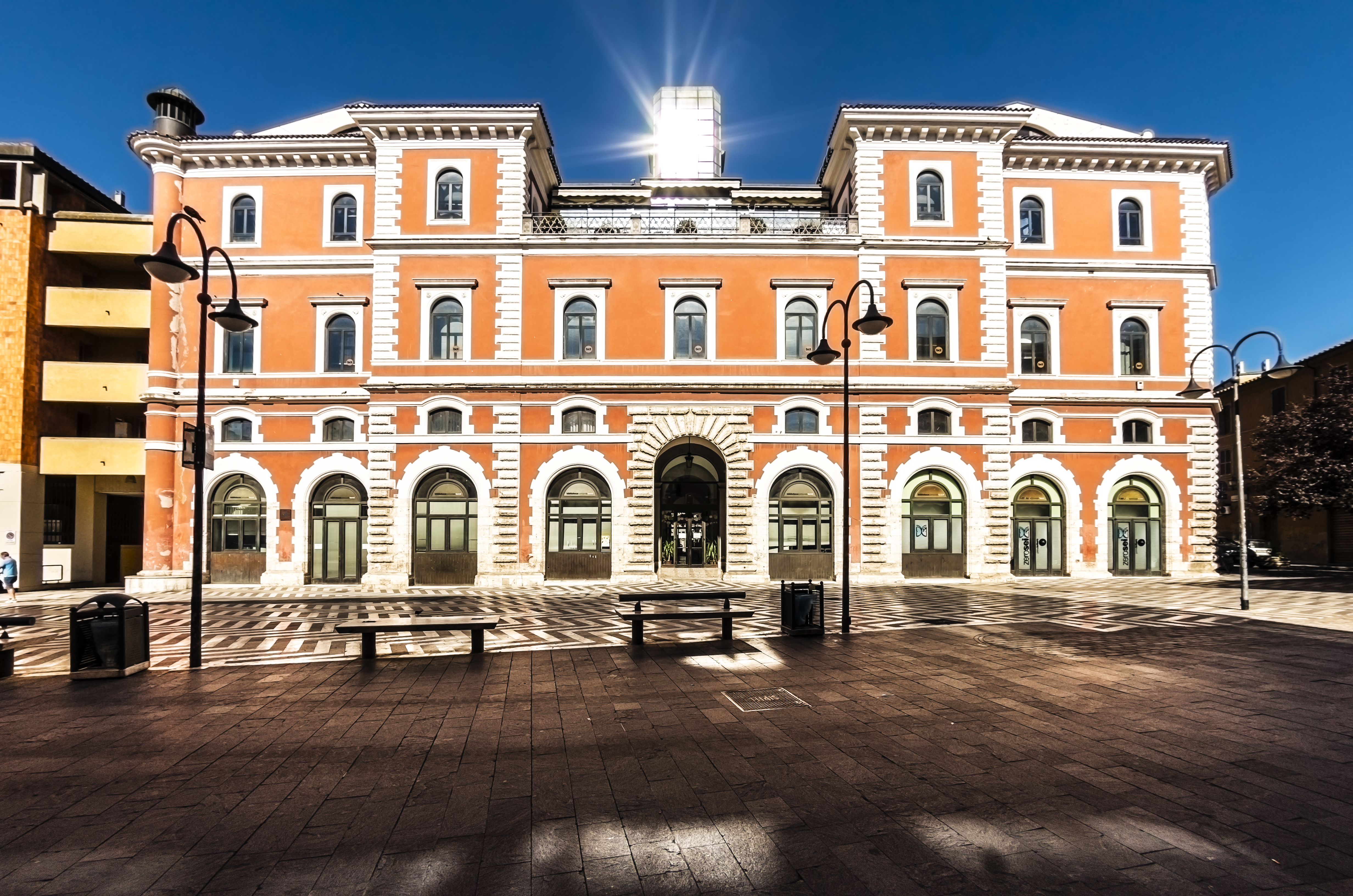
In the southern portion of Umbria, you can find the modern city of Terni. The perfect place to spend day five of your trip to the region, it is in Terni that you can admire what is widely acknowledged as one of the most beautiful waterfalls in Europe, the Marmore Waterfalls. The 165 metre-high spectacle is the largest man-made waterfall in the world and boasts gorgeous trekking paths as well as the perfect environment to partake in watersports, including kayaking, canoeing and rafting.
Day Six: Orvieto
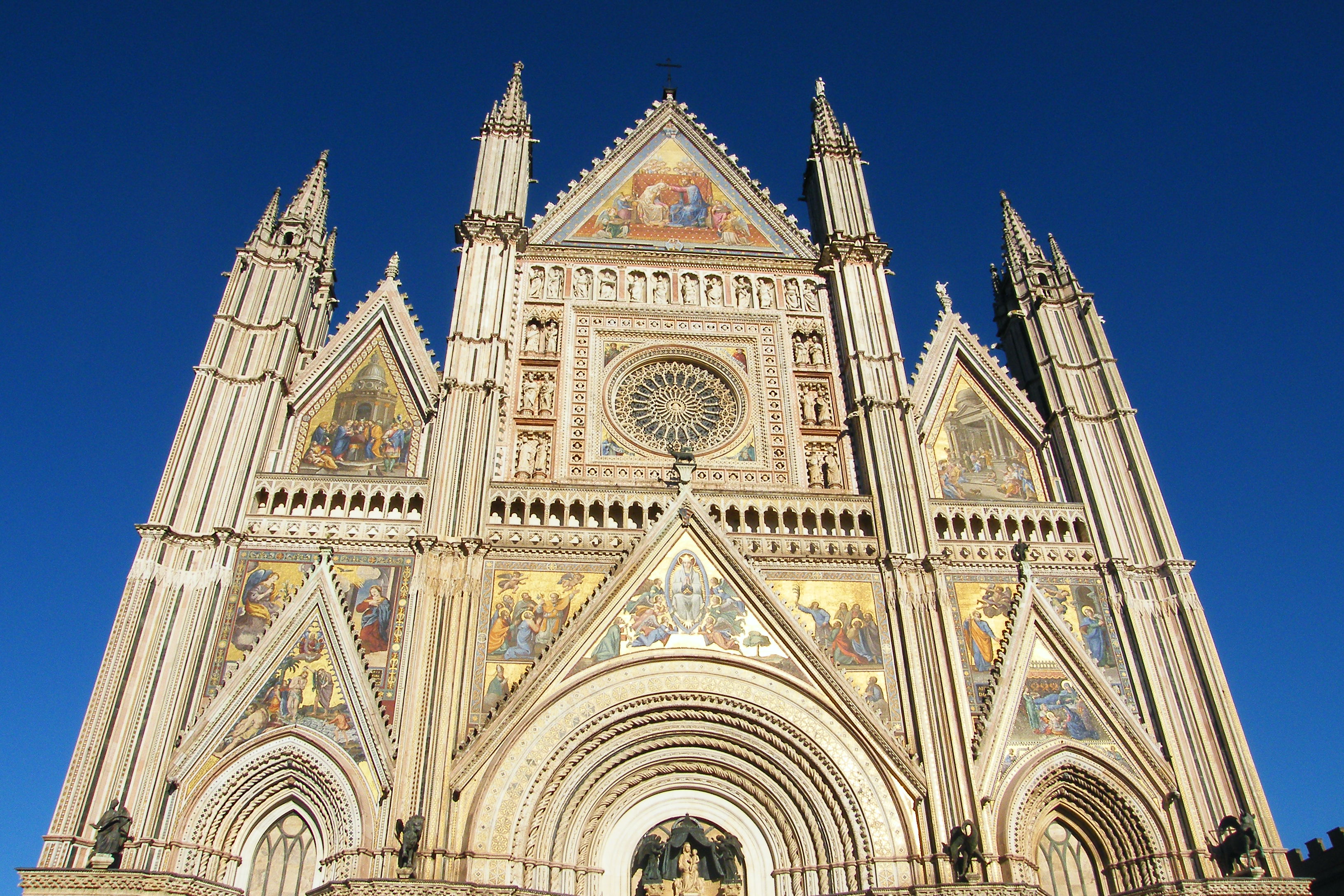
The façade of Orvieto’s cathedral is one of the first things that you should consider viewing when you enter the lively hill town of Orvieto. Just a 90 minute journey from Rome, the small town not only is rich in history and culture but offers some of the best wines in Italy.
If you’ve abstained from a wine tour up until this point in your holiday, it is in Orvieto that you should divulge and allow yourself the luxury of sampling some of the marvellous white wines that come out of the region. Dry, but also slightly sweet, find yourself sipping away at the Decugnano dei Barbi or stopping off for lunch at the Bartolomei L’oio Orvieto.
Day Seven: Departure day
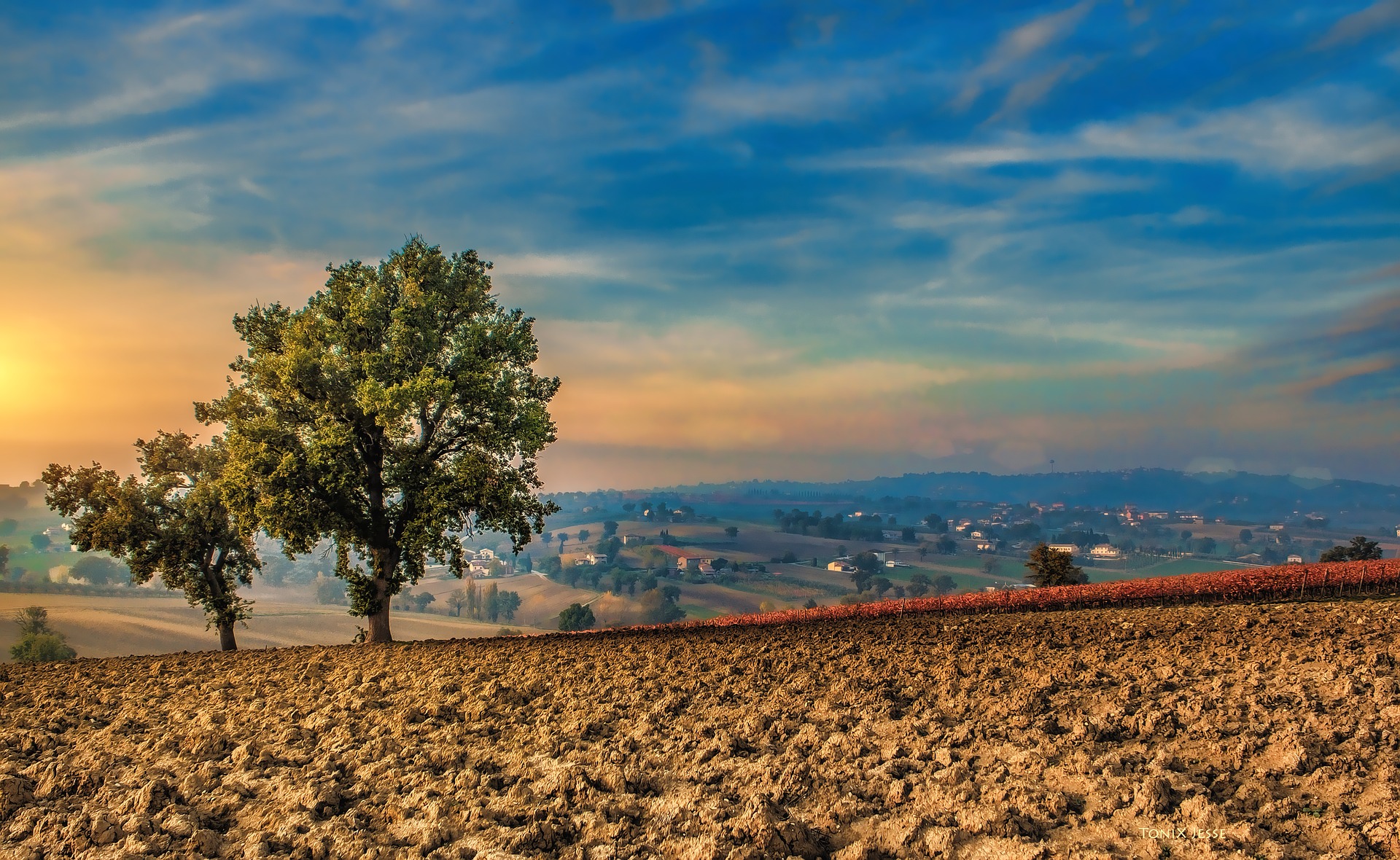
Unfortunately, day seven marks the end of your holiday, and a chance to enjoy one of the areas that you have already explored once more. Or, if you’re feeling adventurous, why don’t you take the time to experience another of Umbria’s quaint towns or cities?
If you’ve enjoyed this seven-day itinerary and it has sparked your curiosity in visiting Umbria, why not take a look at our selection of Umbria villas to view our range of accommodation? Or, why not take a look at the rest of the itineraries in our seven-day series here.
